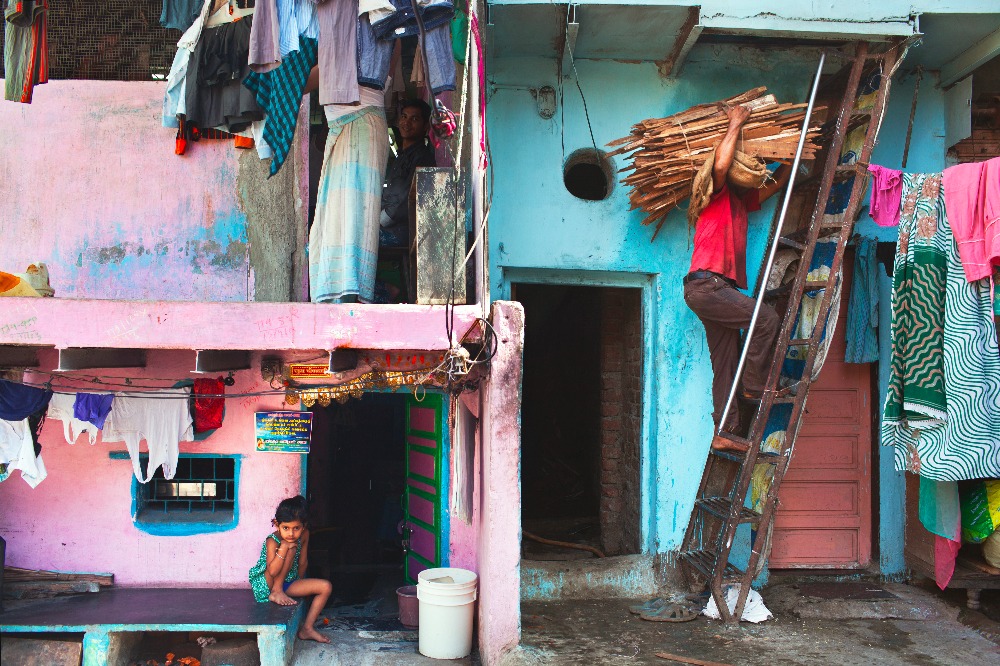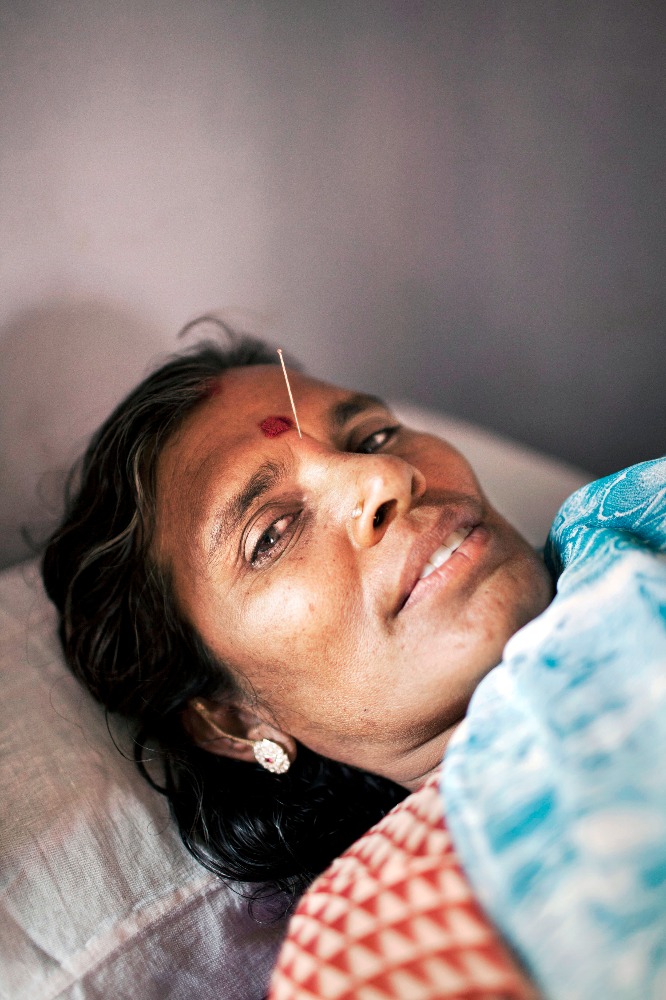 I have been unable to keep up with the blogging on this trip. It is similar to the past trips in that I stopped after the third day. I did want to write one more at least to wrap up the trip and also to finally give some recognition to the team here. Already, I am on the flight home and with only three hours left before landing.
I have been unable to keep up with the blogging on this trip. It is similar to the past trips in that I stopped after the third day. I did want to write one more at least to wrap up the trip and also to finally give some recognition to the team here. Already, I am on the flight home and with only three hours left before landing.
I've had a lot of time to reflect on this past trip and to give some sort of closure. This trip was difficult in some ways and a much needed one in others. I was sick and exhausted this time and when feeling like this it was difficult to be alone in a foreign country. I was longing for the comforts of my own bed and my own kitchen to make my familiar foods. I was very grateful for the company and love of Geeta and Ujwala. They took care of me and kept me occupied.
I had never gone to the seaside here before and I remember particularily, sitting on a warm bench with Geeta for hours and laughing about "gathering qi". But really, we were gathering qi and it was not to be taken lightly. Between those long moments of sitting, whether I was in Geeta's car watching the city go by or elsewhere in a tea shop, I did what I never do, which was just take in the moment in long silent stretches. Even now, I have tears in my eyes just remembering, enduring the pain and yet allowing joy to come in spite of it.
This city is hard on one's kidney qi and mine was seriously low in reserves prior to coming. The hot sticky weather, the dusty and musty polution, and the constant bustle of the hoards of people wore on me more than usual. I took many naps and found myself falling asleep in between. The jet lag certainly didn't help either. My last night there was my only night of full rest without waking.
 Regardless of the difficulties, my love for the country and the people were not hampered. I still wished that I had more time there, that the ten days was far too inadequate for what I wanted to accomplish.
Regardless of the difficulties, my love for the country and the people were not hampered. I still wished that I had more time there, that the ten days was far too inadequate for what I wanted to accomplish.
I wish that I had had more time to work with the team to give them my support. I hope that they will take the time to read this and know how proud I am of them. They have become exceptional in their practice and as people. I came to know them four years ago as their teacher and now can say that they are my colleagues. They have taken the precept to heart that Chinese medicine is a spiritual practice and a life long study. They have continued to hone their skills and their observations.
 The new additons of the administration team, Shashi, Rashi, Aparna, and .... have brought the Barefoot organization to the next level. I am realizing how far they have come from the initial days.
The new additons of the administration team, Shashi, Rashi, Aparna, and .... have brought the Barefoot organization to the next level. I am realizing how far they have come from the initial days.
This trip was much needed to connect with the people here after a long absence and to meet with Walter to firm plans between Barefoot and HAP (Humanitarian Acupuncture Project). We have much work ahead of us and yet I am looking forward with anticipation and hope.
 On a personal note, this trip was much needed. Over the years and especially this past one, I had become much disillusioned and tired with too much unnecesary details. How much of it really matters? I am finding myself questioning everything in my life. From the materialism of what I have aquired to the avoidance of a routine of a spiritual practice. In the minutae of daily life, I have sorely lost sight of the bigger picture. In a way, I am lost and I need to find my way back. Truly, we can't know that we are lost till we acknowledge it and that was what I did during this trip.
On a personal note, this trip was much needed. Over the years and especially this past one, I had become much disillusioned and tired with too much unnecesary details. How much of it really matters? I am finding myself questioning everything in my life. From the materialism of what I have aquired to the avoidance of a routine of a spiritual practice. In the minutae of daily life, I have sorely lost sight of the bigger picture. In a way, I am lost and I need to find my way back. Truly, we can't know that we are lost till we acknowledge it and that was what I did during this trip.
 There is a grander scheme to our lives and the sooner we align ourselves with it, the more we will become sustained. Daily, I looked at the people of Mumbai and recognized that we are woven into the same fabric that connects us all. And we must find a way to acknowledge and respect them. To not do so, is to disregard not just basic humanity but the failings within ourselves.
There is a grander scheme to our lives and the sooner we align ourselves with it, the more we will become sustained. Daily, I looked at the people of Mumbai and recognized that we are woven into the same fabric that connects us all. And we must find a way to acknowledge and respect them. To not do so, is to disregard not just basic humanity but the failings within ourselves.
This post is dedicated to my Barefoot family. I hope you know how much I have to come to love and cherish you.
Acupuncturists: Meghna, Satish, Vrushali, Geeta, and Mitali
Clinic doctor: Shashi
Assistants: Suvarna, Nimala, Shabnam, and Anita
Administrators: Ujwala, Rashi, Pramila, and Aparna
And of course Walter














